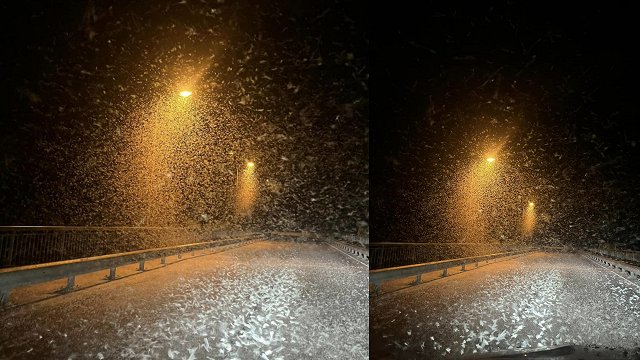According to the Ministry of Environmental Protection and Regional Development's director of the Environmental Protection Department Rudīte Vesere, despite all measures taken to reduce waste volume, trends suggest that its volume is growing.
“We're growing into a proper consumer society and using a lot. Unfortunately, we are using disposable resources, buying cheap goods that cannot be repaired, which we use for a short time, and then we are throwing them out and buying new ones again,” said Vesere.
The growing volume of waste is also reflected in the calculations of the Getlini Eko waste management company. For example, one resident of Rīga suburbs region alone produced an average of 280 kilograms of unsorted waste last year. 474 thousand tonnes of waste were taken in at the landfill site in 2019, 461 thousand in 2020, 514 thousand tonnes in 2021, and 410 thousand tonnes last year.
In 2022, 62% of the waste brought in was unsorted municipal waste, 15% came from the waste management sector, so it was unrecyclable, 14% was construction waste, 4% of production waste, 3% was biodegradable and 2% was other types of waste.
However, despite the gradual growth of "Mount Getliņi", there is also a positive trend.
“If we compare 2021 to 2022, we see a drop in nearly every type of waste we receive. They are manufacturing waste and unsorted municipal and construction waste,” said Ričards Aksels Ozoliņš, spokesman for Getlini Eko.
Nearly half, or 52% of the total amount of waste that came to Getliņi last year, was buried. This indicator is not good, as Latvia, together with the other countries of the European Union, has committed to only 10% of the total amount of waste being buried in landfills by 2035. To avoid landfilling, the only solution is to separate them into different flows, namely sorting them and then recycling them.
Although the amount of waste that remains in the landfill is high at present, the statistics of “Getliņi” also show positive features: if approximately 294,000 tonnes of unsorted waste were landfilled in 2018, it was less than 250,000 tonnes last year.
“We base this on the fact that residents have increasingly started sorting at home – both packaging, plastic cardboard, as well as metal and glass. We can also commend the local governments that have created the conditions to make it easy for residents to do so. Changing habits is not possible without adequate infrastructure and any motivation to do so,” Ozolins said.
At the European Union level, however, Latvians sort too little. For example, in 2021, Latvia had to pay EUR 15 million in sanctions for its small amount of recycled plastic. This would account for a similar amount in 2022. Every resident of Latvia will pay approximately eight euros per year for this. State audit warns that Latvia could also be faced with an additional €11 million penalty for the insufficient collection of biodegradable waste.
The series is co-financed by:





























